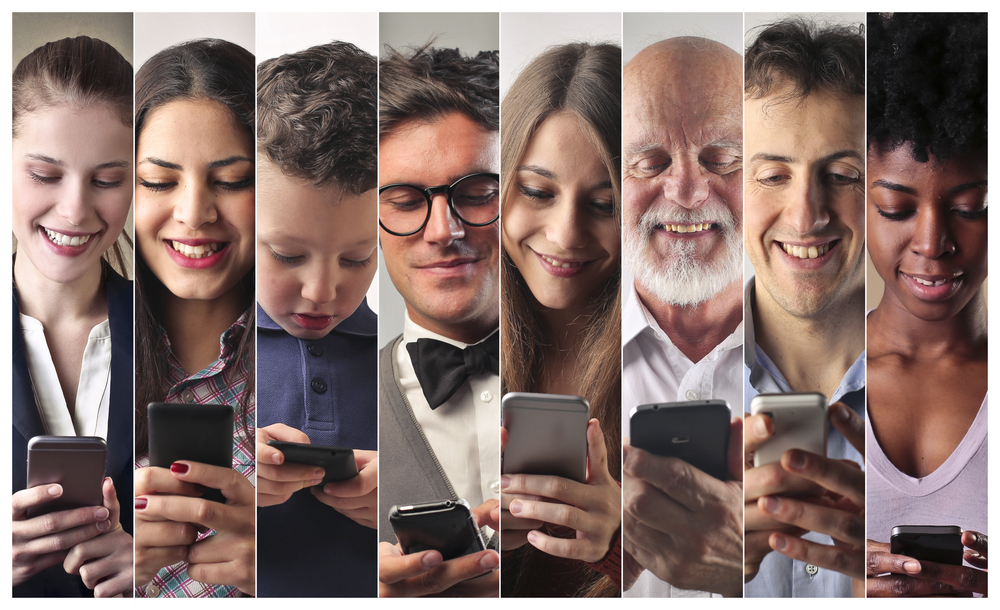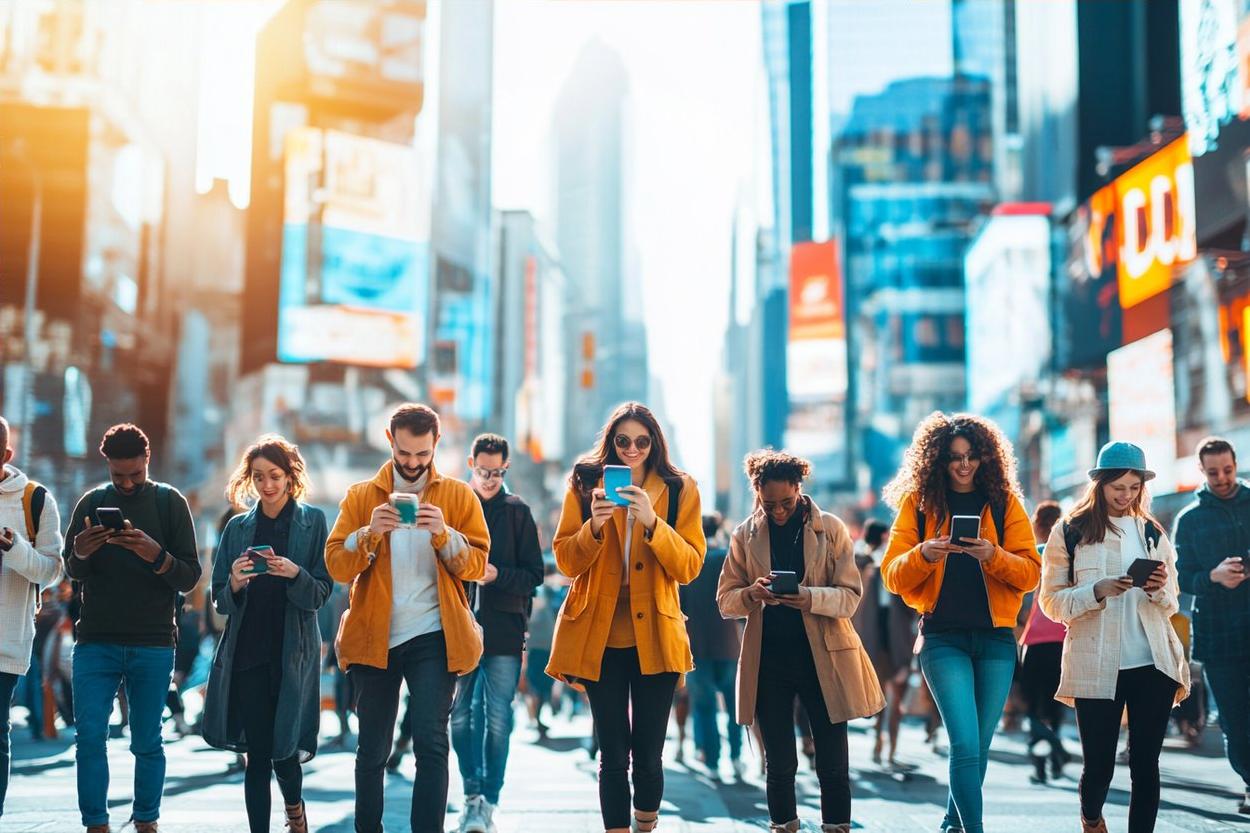Here's an original article on a fresh topic within the People & Society category, following the provided guidelines:
Time flies when you're having fun, but how does it impact our social connections? The study of chronemics - how we perceive and use time - is gaining new relevance in our hyper-connected world. From 'slow dating' to 'time poverty', our relationship with the clock is evolving. Read below to explore how shifting time perceptions are reshaping social bonds in unexpected ways.

Historically, time was measured by natural phenomena - the rising and setting of the sun, the changing of seasons. As societies developed, more precise methods of timekeeping emerged, from sundials to mechanical clocks. Each advancement changed how people coordinated activities and interacted with one another. The industrial revolution brought standardized time zones, further altering social rhythms and expectations.
Digital Acceleration and Its Social Consequences
The digital revolution has dramatically accelerated our perception of time. Instant messaging, social media, and always-on connectivity have created an expectation of immediate response and constant availability. This shift has profound implications for how we form and maintain relationships.
Research shows that the average person checks their smartphone 96 times a day - that’s once every 10 minutes. This constant digital engagement is reshaping our attention spans and altering how we allocate time to in-person interactions. Many report feeling anxious when separated from their devices, a phenomenon known as nomophobia.
The Rise of Time Scarcity and Its Impact on Socializing
As our perception of time speeds up, many people report feeling increasingly time-poor. This sense of time scarcity is affecting how we approach social interactions. Researchers have noted a trend towards more scheduled, efficient socializing - from speed dating to time-boxed coffee meetings.
The concept of ‘slow dating’ has emerged as a countermovement, encouraging people to take more time getting to know potential partners. This approach emphasizes quality over quantity in social interactions, pushing back against the swipe-right culture of many dating apps.
Asynchronous Communication and Relationship Dynamics
Digital platforms have also given rise to asynchronous communication - interactions that don’t happen in real-time. While this offers flexibility, it also presents challenges for relationship building. Studies show that asynchronous communication can lead to misunderstandings and reduced emotional connection.
However, asynchronous communication also opens up new possibilities for maintaining long-distance relationships and connecting across time zones. It allows for more thoughtful, considered responses, potentially deepening certain types of relationships.
Redefining Punctuality in the Digital Era
Our concept of punctuality is evolving in the digital age. While being ‘on time’ for in-person meetings remains important, digital interactions have more fluid boundaries. The ability to send a quick message saying you’re running late has changed social expectations around timeliness.
Cultural differences in time perception, known as polychronic versus monochronic time orientations, are becoming more apparent as global communication increases. Understanding these differences is crucial for successful cross-cultural interactions in our interconnected world.
The Future of Time in Social Relationships
As we move forward, our relationship with time will continue to evolve, shaped by technological advancements and cultural shifts. Virtual and augmented reality technologies may further blur the lines between synchronous and asynchronous communication, creating new forms of social interaction.
The growing awareness of the importance of work-life balance and mental health may lead to a societal pushback against the culture of constant availability. We may see a resurgence of ‘slow living’ principles applied to digital communication and relationship building.
Understanding the role of chronemics in our digital age is crucial for navigating modern relationships. By being mindful of how we perceive and use time in our interactions, we can foster more meaningful connections in our increasingly fast-paced world.




